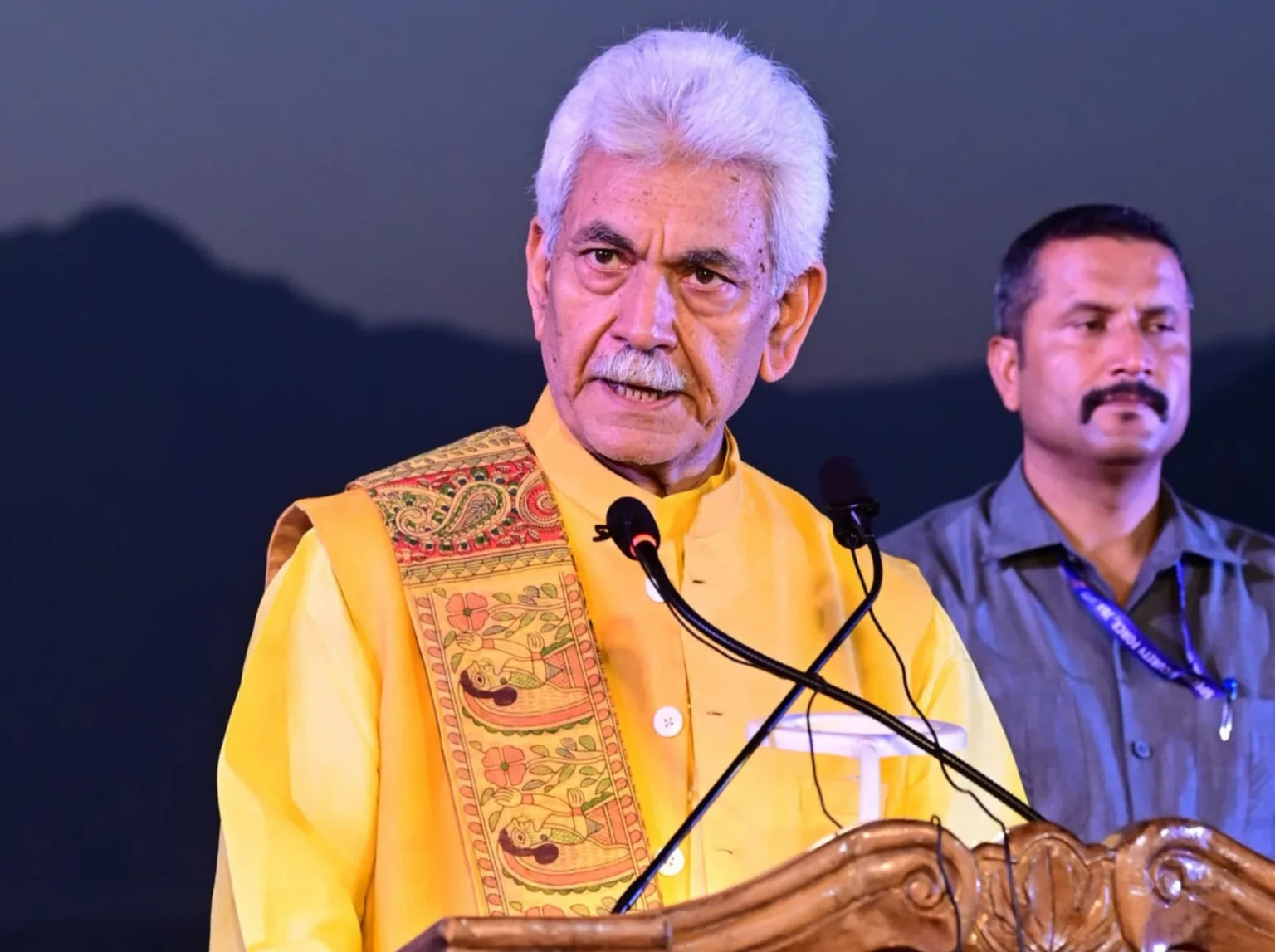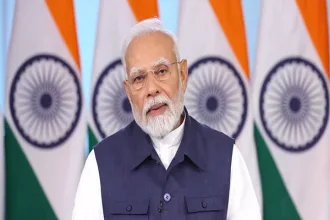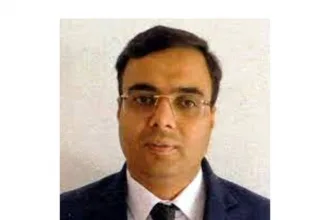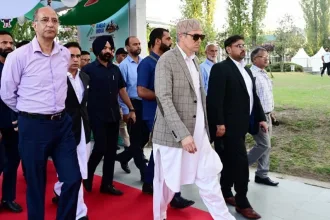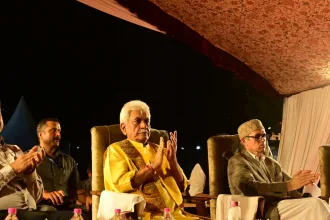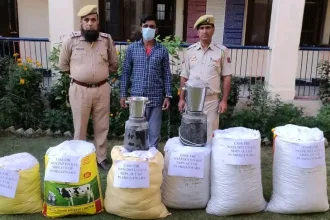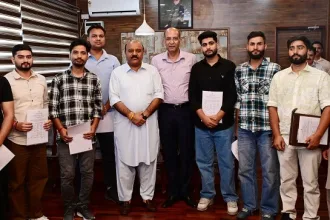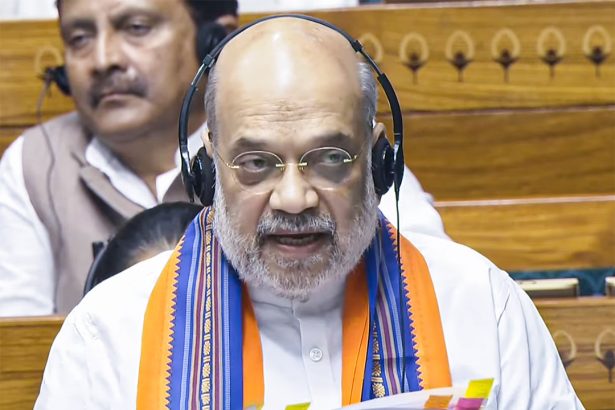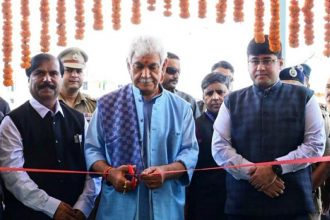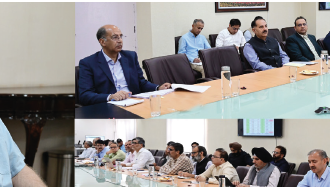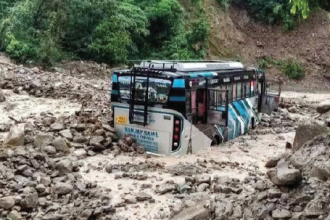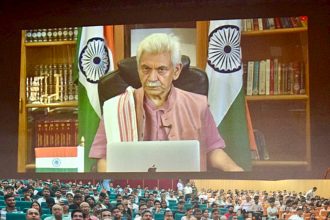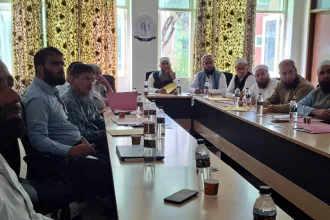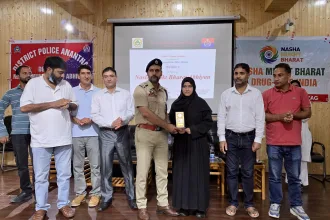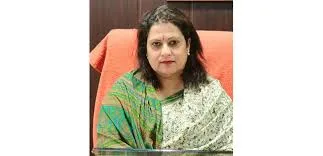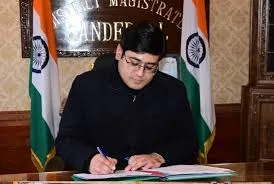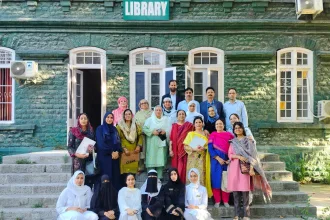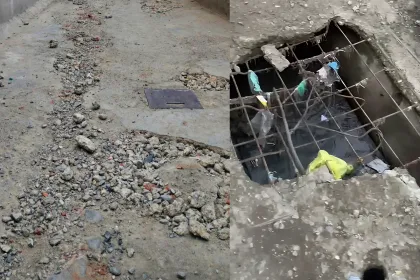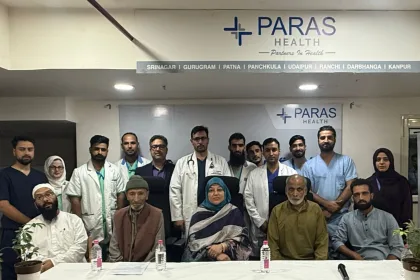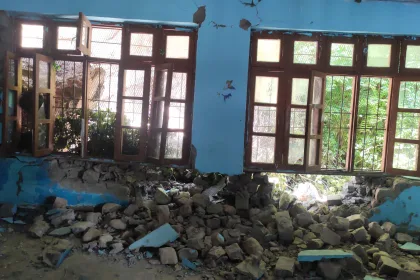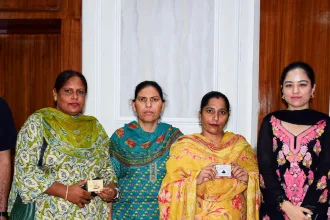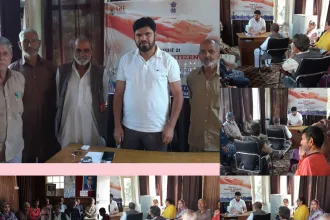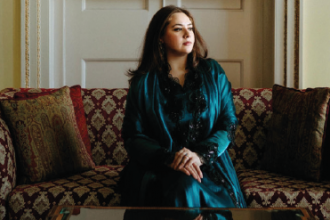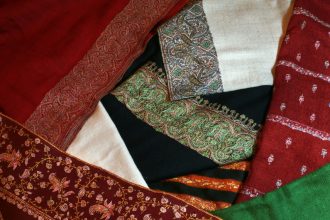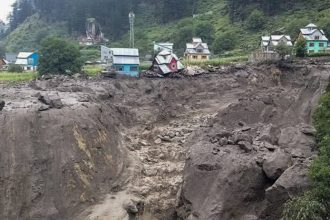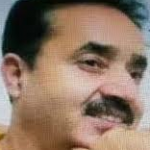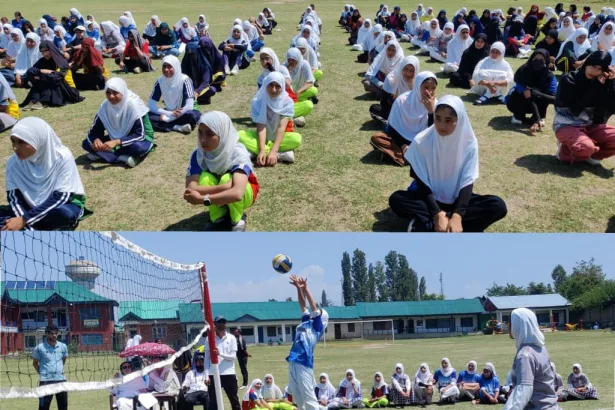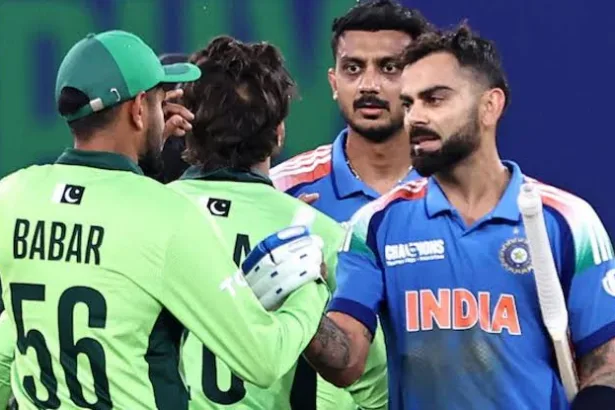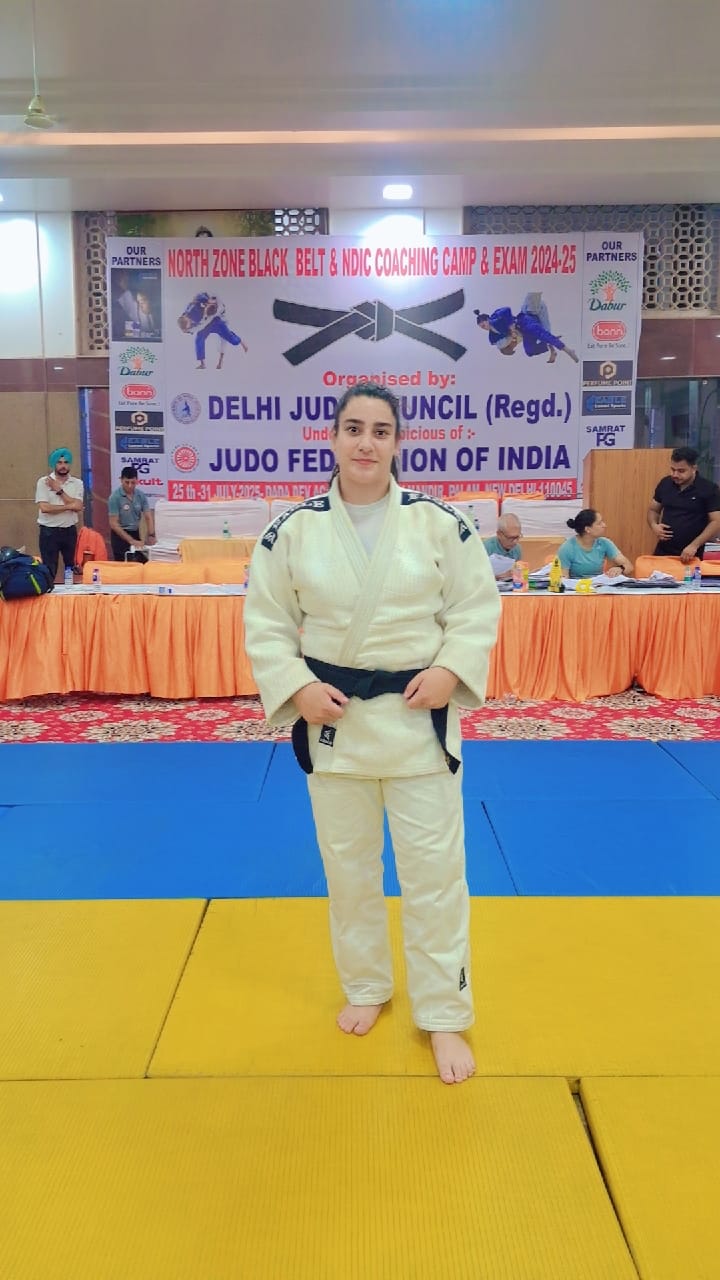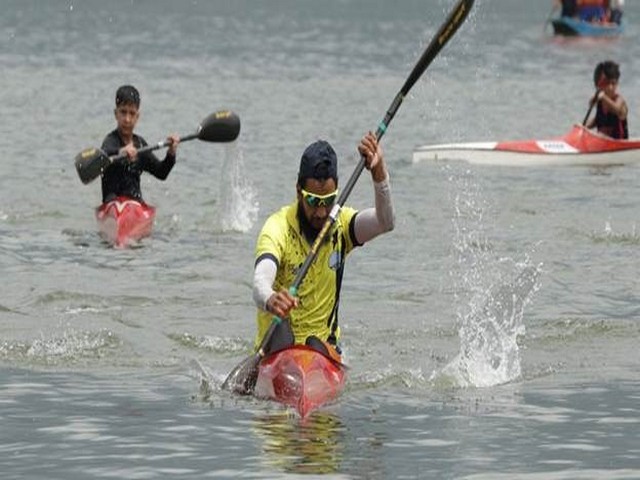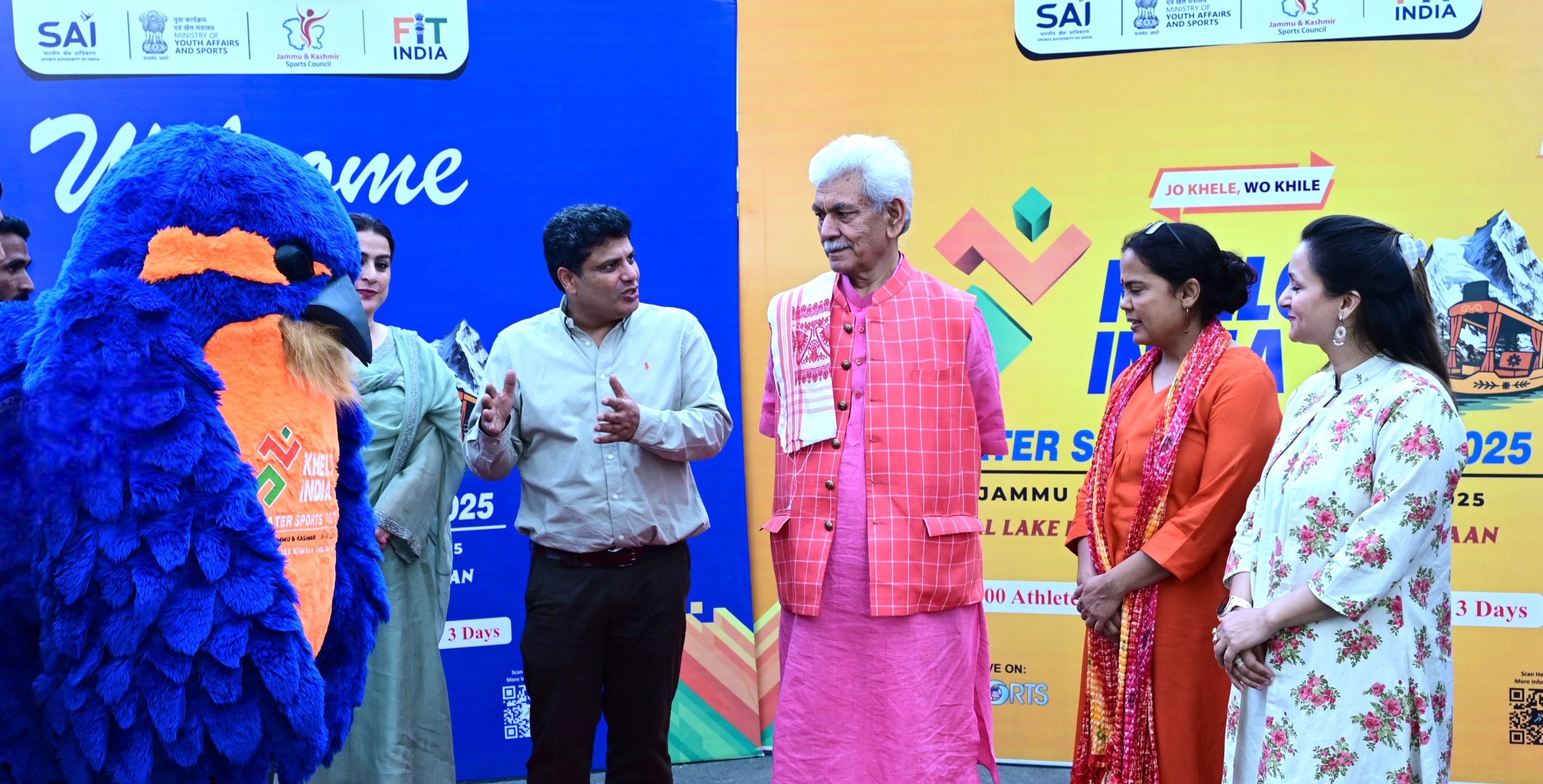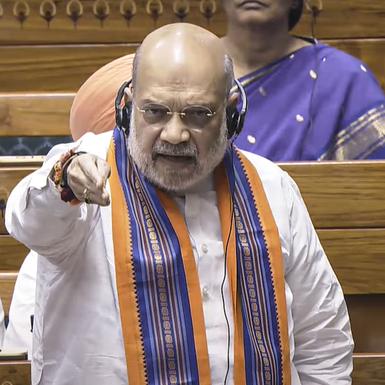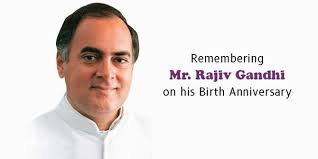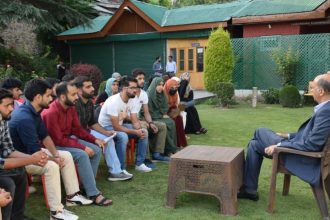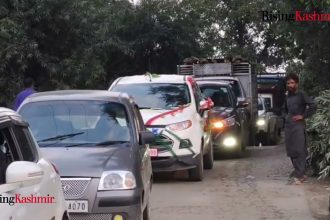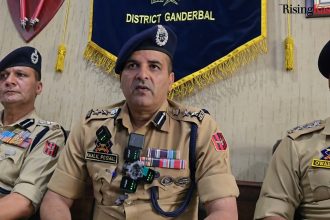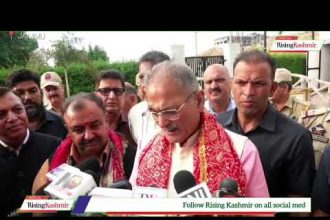- Quick Links
- About Us
- Contact Us
- E-Paper
Search
Archives
- August 2025
- July 2025
- June 2025
- May 2025
- April 2025
- March 2025
- February 2025
- January 2025
- December 2024
- November 2024
- October 2024
- September 2024
- August 2024
- July 2024
- June 2024
- May 2024
- April 2024
- March 2024
- February 2024
- January 2024
- December 2023
- November 2023
- October 2023
- September 2023
- August 2023
- July 2023
- June 2023
- May 2023
- April 2023
- March 2023
- February 2023
- January 2023
- December 2022
- November 2022
- October 2022
- September 2022
- August 2022
- July 2022
- June 2022
- May 2022
© 2022 Foxiz News Network. Ruby Design Company. All Rights Reserved.
Notification Show More
The voices of youth in J&K are now heard in stadiums, not in streets: LG Sinha
Lieutenant Governor Manoj Sinha attended the opening ceremony of "Khelo India Water Sports Festival-2025” at the iconic Dal Lake in Srinagar. In his address, the Lieutenant Governor extended a warm…
J&K Reorganisation (Amendment) Bill among 3 Bills introduced in LS
•Proposed constitutional amendment to disqualify leaders under prolonged custody •New Bills seek to end practice of leaders governing from jail • Disqualification clause to apply uniformly across states & UTs…
IUST’s Arabic dept engages madrasas on NEP
Awantipora, August 21: The Department of Arabic Language and Literature, Islamic University…
Anantnag police organise debate on Nasha Mukti Abhiyan
Anantnag, Aug 21: As part of its ongoing commitment to tackle Drug…
Sapna Kotwal conducts review meet of wardens of Pahari hostels
Srinagar, Aug 21: Sapna Kotwal (JKAS) Secretary, J&K Advisory Board for Development…
DC reviews progress of district CAPEX 2025-26
‘Complete estimates of all approved works expeditiously to facilitate tendering process’
JMC hosts mega donation drive
Drive to encourage cleanliness, recycling, and social responsibility
Admin supports self-help group initiative to foster women empowerment
Jammu, Aug 21: The district administration Jammu has extended support to a…
Senior Citizens Day celebrated at Bhaderwah
Jammu, Aug 21: The Social Welfare Department Bhaderwah, under the guidance of…
Artificial Intelligence Workshop concludes at DIET
Doda, Aug 21: A three-day workshop on Artificial Intelligence (AI), titled “AI…
Prime video to stream ‘Songs of Paradise’ globally from August 29
Saba Azad, Soni Razdan lead Danish Renzu’s Songs of Paradise, inspired by Kashmiri icon Raj Begum
National Plant Health Initiative
In the 28th Prime Minister’s Science, Technology & Innovation Advisory Council (PM-STIAC) meeting on August 21, 2025 at National Agricultural…
Sports
‘Unconstitutional’: Oppn protests three Bills for removal of PM, CMs, ministers
New Delhi, Aug 20: Union Minister Amit Shah’s moving of three Bills…
Weather
19°C
Srinagar
clear sky
19° _ 19°
67%
1 km/h
Fri
29 °C
Sat
30 °C
Sun
22 °C
Mon
27 °C
Tue
19 °C



